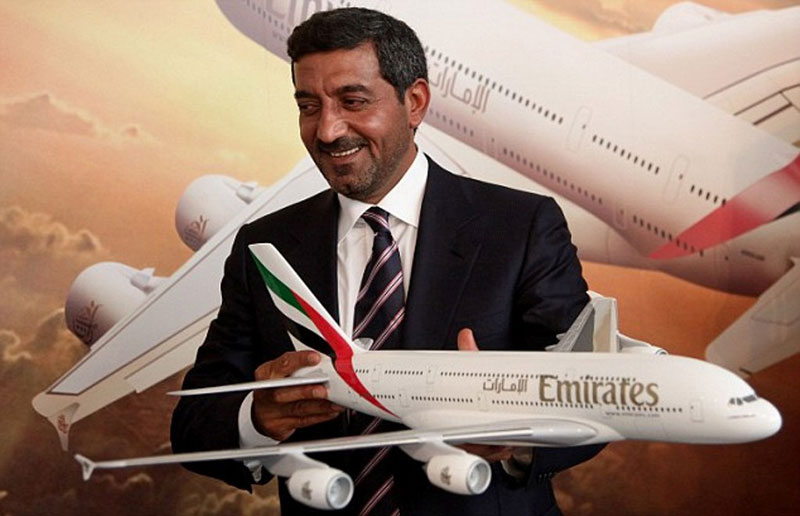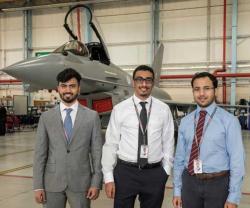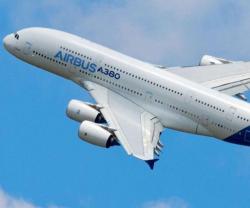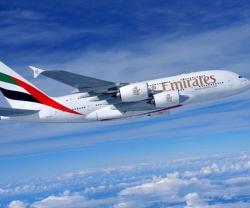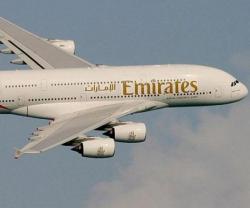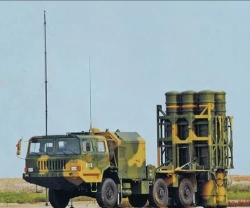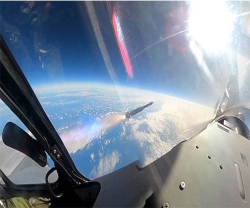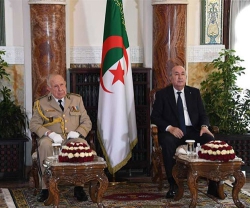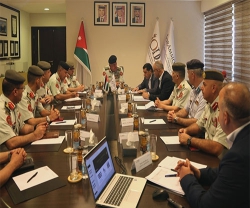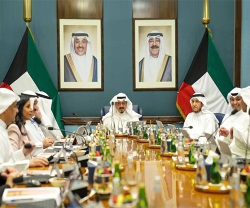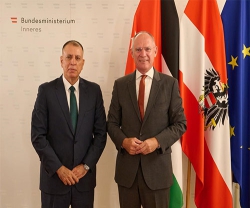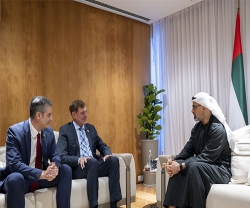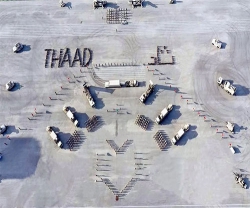Emirates turned 30 on Sunday, and while it has risen to become the world’s largest international airline in that time, its next phase of growth will be more challenging amid increased costs, competition and protectionism in foreign markets, analysts say.
It was a relatively modest beginning – a US$10 million budget, a deadline to start operations within five months and two aircraft leased from Pakistan International Airlines – with the inaugural flight between Dubai and Karachi taking-off on October 25, 1985.
Fast forward three decades to an expansive route network of 140 cities, and 267 aircraft on order worth $128 billion. Emirates carried 50 million passengers in the past financial year.
Sheikh Ahmed bin Saeed Al Maktoum (photo), the Emirates airline and group Chairman and Chief Executive, said it was a “daring” idea that gave credit to the vision of Sheikh Mohammed bin Rashid Al Maktoum, Vice President and Prime Minister.
“From day one, Sheikh Mohammed’s expectations for Dubai’s aviation industry have been clear, driving us – the airline, the airport and the entire ecosystem – to be world-class and No 1 globally,” said Sheikh Ahmed.
The world’s biggest operator of the Airbus A380 aircraft has also come to define luxury in modern air travel – from private suites to showers on planes. The “I do it solo” airline has also thrown its weight behind sport around the world.
Until now, Emirates’ cost base model has been critical to its ability to compete, but with Dubai more expensive than it was in recent years and dwindling oil prices taking their toll on the region’s economies, this advantage could now come under pressure.
Add to this the existence of three major competitors in proximity, each aspiring to turn their airports into world-class hubs.
“I think Emirates’ planning function has comfortably targeted a selection of routes to meet their growth plans over the next 10 years – and to do so profitably,” said Peter Morris, the chief economist at the UK-based Ascend aviation consultancy. “One challenge will be the effect of increasing competition on profitability, particularly from Qatar, Etihad and Turkish Airlines.”
A rising mood of protectionism is another thorn for Emirates. The trend of liberalization that once enabled its speedy growth, spearheaded by the Open Skies framework of agreements, is now under threat, particularly in North America and Europe. There are also question marks about the future of the A380 superjumbo, the backbone of the Emirates fleet, with about 65 operating and more than 70 on order, because its manufacturer Airbus has to date failed to commit to more fuel-efficient engines in the absence of new customers.
“Without an A380neo, Emirates would need to choose between ordering an older, less efficient A380 aircraft, or joining the queue for 777X and A350 aircraft with a step down in seat capacity,” said Mr. Morris. But in the medium term Emirates has Expo 2020 in Dubai to build towards. The trade event is expected to draw 20 million visitors and generate Dh300bn from tourism activities, according to the airline. By 2020, Emirates expects to fly 70 million passengers on a fleet of 300 aircraft.
“To ensure we stay ahead of the game, we will also continue to invest in new technologies, in developing our products and services, and in nurturing our talent pool,” said Sheikh Ahmed of Emirates.

